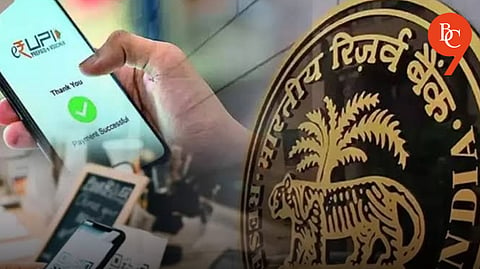

The Reserve Bank of India (RBI) has announced plans to revise the transaction limits for Unified Payments Interface (UPI) payments made to merchants. This move aims to enhance flexibility in the digital payments ecosystem, allowing for higher transaction amounts in response to evolving user needs. The National Payments Corporation of India (NPCI) will have the autonomy to adjust these limits in consultation with banks and other stakeholders.
Currently capped at ₹1 lakh and will remain unchanged. Some categories already allow higher limits, ranging from ₹2 lakh to ₹5 lakh. These limits will be revised based on market requirements.
Higher transaction limits will enable seamless payments for high-value purchases, reducing the need to split transactions into smaller amounts. This will be particularly beneficial for sectors like travel, healthcare, and education, where larger payments are common.
To mitigate risks associated with higher transaction amounts, appropriate safeguards will be implemented, including enhanced verification processes. While NPCI will set overall limits, banks will retain the discretion to establish their own internal limits within these frameworks.
The move is expected to foster innovation and support high-value, frequent use cases, leading to faster adoption of digital payments among consumers and businesses. Small and medium-sized enterprises (SMEs) will benefit from the ability to process larger transactions without splitting them, enhancing operational efficiency.
The RBI’s decision to revise UPI transaction limits reflects its commitment to accelerating India’s transition towards a digital economy. By empowering NPCI to adjust limits based on market needs, the RBI aims to create a more adaptive and secure payment infrastructure that supports economic growth and digital inclusion.
